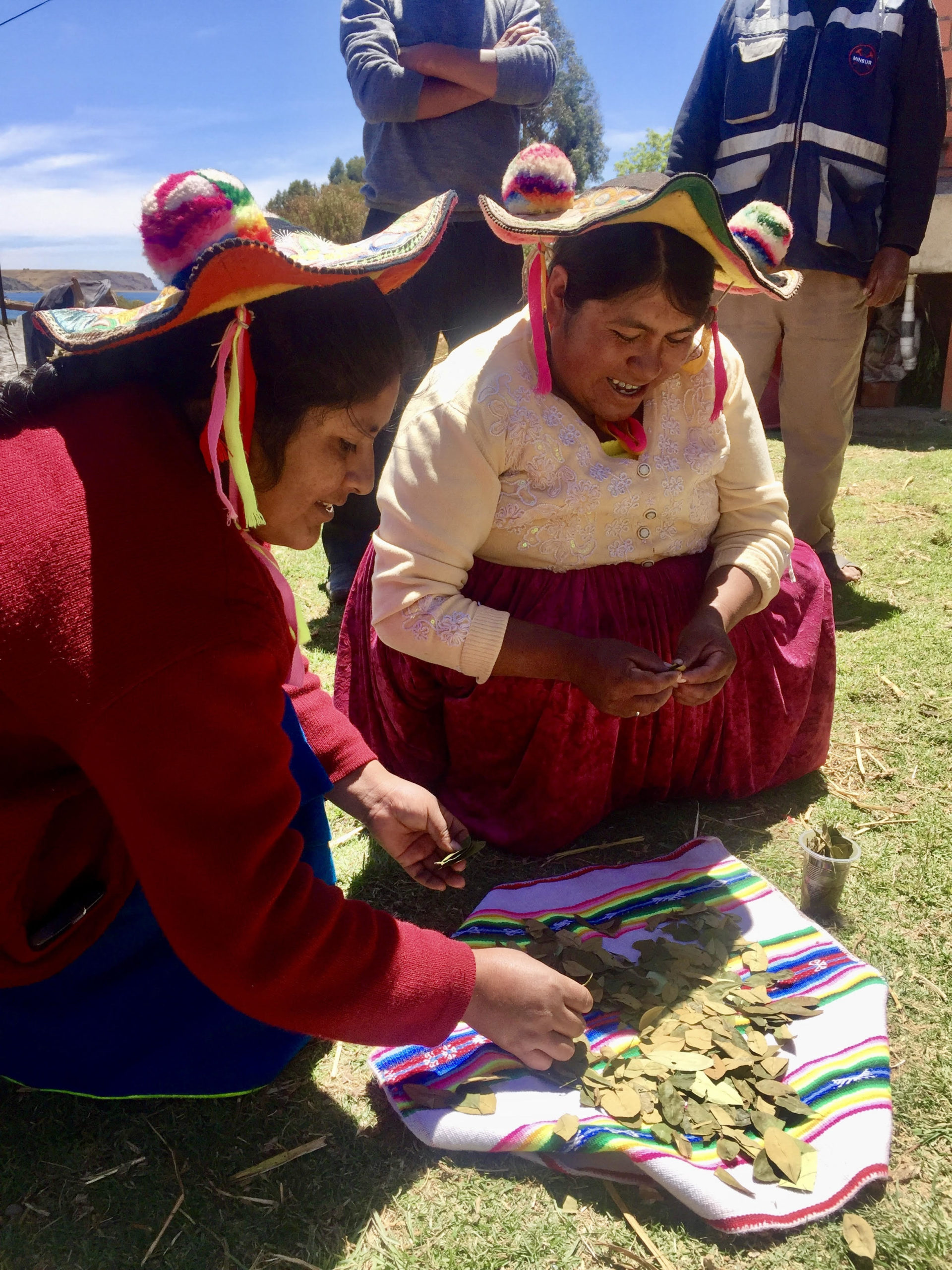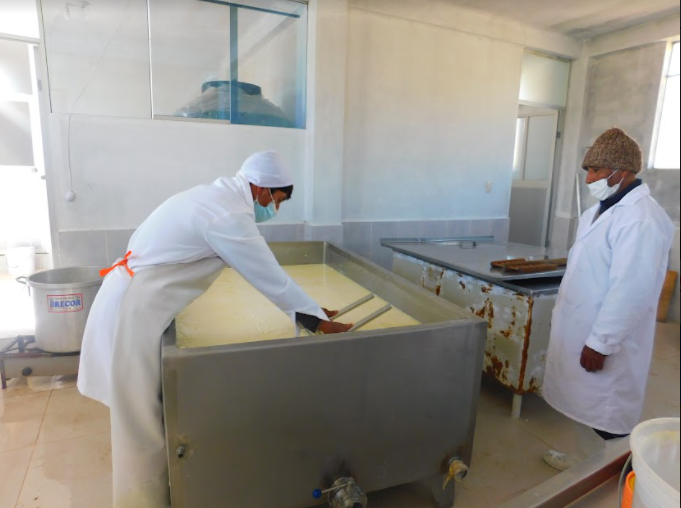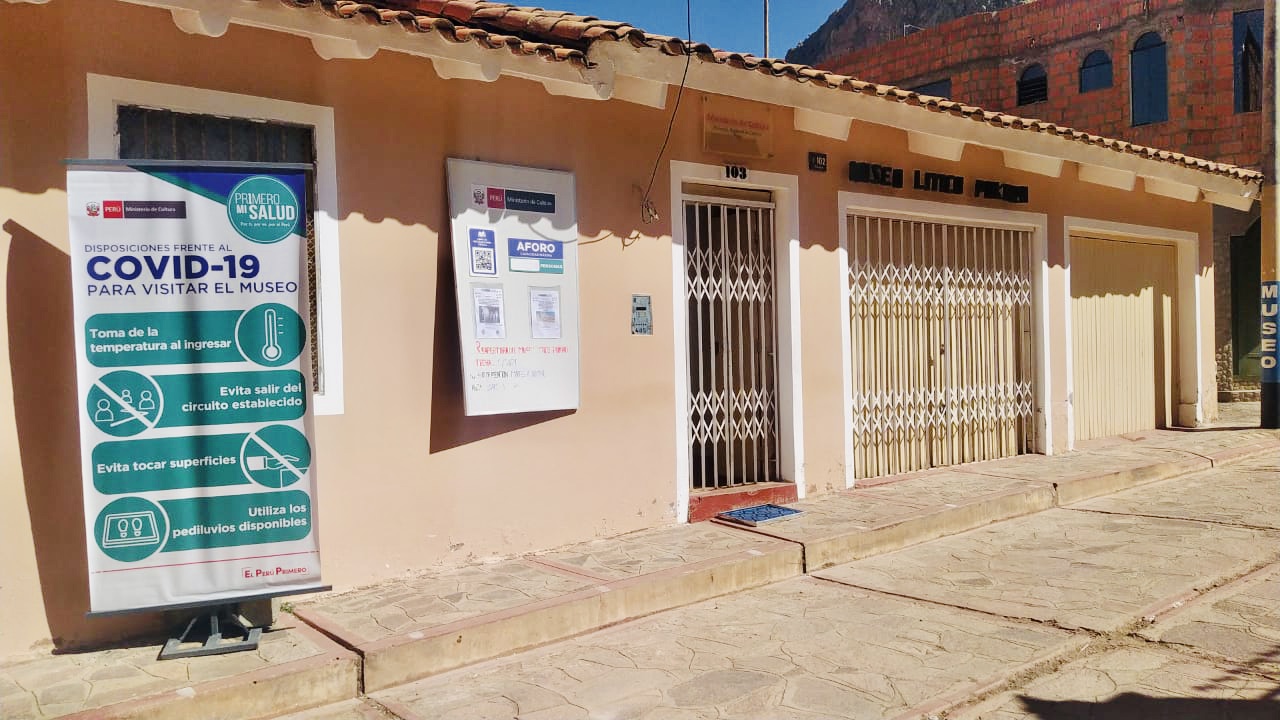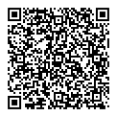**Este boletín esta disponbile en español abajo
August- Month of Pachamama (Mother Earth)
In the month of August, the people of the highlands carry out many activities, which makes this month special. On the night of July 31st and the first hours of August 1st, many families make offerings to the land, clean every corner of their houses with incense, burn all the old things asking Mother Earth to take away all the old and bring in the new. Many houses wake up with flowers in the house as a symbol of spiritual and physical cleanliness of the family. The month of August, people say, is the warmest month of the year and for many years it has been tradition that most marriages take place during this month. In recent years, years ending in an even number have become an especially important time to have weddings in August and marriages during these months have multiplied so much that there are not sufficient churches or priests, so weddings are often scheduled all the way up until December.

The month of August is also very important when it comes to agricultural production, since there are winds, that are sometimes very intense, which is allows for wayrachir of Andean grains and other products harvested in the year (quinoa, cañihua, barley, wheat, beans, etc). Wayrachir is the Quechua word for the process of using the wind to separate the grains from the dry husks. The wind is also used to burn the cañihua stalks, which is used to make Lliqta, a stone-like substance that is eaten when chewing coca leaves. In addition, the month of August is an ideal time to look at the signs of nature such as the types of clouds that appear, the winds, their directions and intensities, the way the wild plants dry, the behavior of the animals and many other agro-biological indicators that are taken into account in order to know when, where, and what to plant and other activities that are important in the production cycle. The land, beginning in this month is fertile, it is open to receive offerings and the temperatures are warmer, but before sowing their fields, people first must give offerings to the earth and know how to listen to it.
Anniversary of the Cheese Plant in the Community of Huancarani Cajoyo

On August 3rd, the residents of the community of Huancarani Cajoyo (Pucará, Perú) were celebrating the 2nd Anniversary of the creation and operation of their local cheese plant.
The Chijnaya Foundation and the Pro DIA Association have been supporting this initiative from the beginning through the implementation and acquisition of infrastructure, which has allowed the improvement of quality in the production of cheeses and generating greater economic income for community members, thus making cheese production one of the main activities in the community.
We send our greetings to all our friends in Huancarani Cajoyo on their anniversary and we hope this project continues to prosper!
Reopening of the Pukara Lithic Museum

As part of the government’s economic reactivation plan of cultural activities, under the ACTIVANDO CULTURA program of the Ministry of Culture in coordination with the Decentralized Directorate of Culture of Puno and the District Municipality of Pucará, on August 12th the Pukara Lithic Museum was reopened.
This event was attended by local authorities: Yenny Zapana Manrique – Director of the DDC Directorate of Puno, Sergio Medina Ticona – Head of Museums of the DDC Puno, Blanca Choque Ticona – District Municipality Councilor of Pucara, among others.
Therefore, as of that date, in-person visits are allowed at the museum, in which the observance of all the biosafety protocols regarding the prevention of COVID 19 is guaranteed.
Virtual Guide- “Ruta Segura – Lake Titicaca”
To promote the reactivation of tourism in Puno, The National Institute of the Defense of Competition and the Protection of Individual Property (INDECOPI) has launched an informative virtual guide for all visitors. It contains relevant information on the different formal transport services available, accommodations, places of interest, etc., as well as information on the local providers of these services that comply with the biosafety protocols for the prevention of COVID-19, thus guaranteeing a safe journey.
This guide can be accessed through the following QR code:

Agosto- Mes de La Pachamama
En el mes de agosto la gente del altiplano realiza muchas actividades, lo cual, vuelve especial a este mes. La noche del 31 de julio y las primeras horas del primero de agosto muchas familias ofrecen pagos a la tierra, limpian con incienso cada rincón de las viviendas, queman todas las cosas viejas pidiendo a la madre tierra que se lleve todas las cosas viejas y traiga todo lo nuevo. Muchas casas amanecen con flores en las viviendas como símbolo de limpieza espiritual y física de las familias. El mes de agosto, dicen las personas, que es el mes más caliente del año, desde años atrás, respaldado por la tradición, la mayoría de los matrimonios se realiza en este mes, en los últimos años, en los años que terminan en un número par, los matrimonios en este mes se han multiplicado, no hay Iglesias ni Curas que puedan celebrar los esponsales, lográndose expandir los matrimonios hasta el mes de diciembre.

El mes de agosto, en lo productivo es muy importante, ya que se puede sentir vientos, algunas veces intensos, lo cual es apropiado para wayrachir (usar el viento para separar los granos de las cáscaras secas) los granos andinos y otros productos cosechados en el año (quinua, cañihua, cebada, trigo, habas, etc); el viento es usado también para quemar los tallos de cañihua, lo cual es utilizado para elaborar la Lliqta (es una especia de piedra que comen cuando mastican la coca). Por otra parte, el mes de agosto es apropiado para mirar las señas de la naturaleza como; los tipos de las nubes que aparecen, los vientos sus direcciones e intensidades, la forma de secado de las yerbas silvestres, los comportamientos de los animales y muchos otros indicadores agro biológicos que son tomados en cuenta, para saber cuándo sembrar, qué sembrar, dónde sembrar y realizar otras actividades que son importantes en el ciclo de producción. La tierra, desde este mes es fértil, es abierta a recibir ofrendas y el tiempo es más caliente, pero antes deben dar ofrendas y saber escucharla.
Aniversario de la Planta Quesera de la Comunidad de Huancarani Cajoyo

En fecha 03 de agosto pasado, los pobladores de la Comunidad Campesina de Huancarani Cajoyo (Pucará, Perú) estuvieron celebrando el II Aniversario de creación y funcionamiento de su Planta Quesera local.
Cabe resaltar que la Fundación Chijnaya & la Asociación Pro DIA han venido desde el inicio apoyando esta iniciativa mediante la implementación y adquisición de infraestructura, la misma que ha permitido el mejoramiento de la calidad en la producción de los quesos y generándoles mayores ingresos económicos para todos los beneficiarios, convirtiéndose así en una de sus actividades principales.
Saludamos a todos los hermanos de Huancarani Cajoyo en su Aniversario y que sigan los éxitos en este proyecto.
Reapertura de Museo Litico Pukara

Como parte de los planes del Gobierno sobre reactivación económica en las actividades culturales, bajo el programa ACTIVANDO CULTURA del Ministerio de Cultura en coordinación con la Dirección Desconcentrada de Cultura de Puno y la Municipalidad Distrital de Pucará, el pasado 12 de Agosto se llevó a cabo la Reapertura del Museo Litico Pukara.
Este evento contó con la participación de autoridades locales: Arq. Yenny Zapana Manrique – Directora de la Dirección DDC de Puno, el Sr. Sergio Medina Ticona – Responsable de Museos de la DDC Puno, Prof. Blanca Choque Ticona – Regidora de la Municipalidad Distrital de Pucara, entre otros.
Por lo que, a partir de dicha fecha se podrá hacer la visita física en dicho museo en la que se encuentra garantizada la observancia de todos los protocolos de bioseguridad en materia de prevención del COVID 19.
Guía Virtual “Ruta Segura – Lago Titicaca”
El Instituto Nacional de Defensa de la Competencia y de la Protección de la Propiedad Individual (INDECOPI) con la finalidad de promover la reactivación del turismo en el departamento de Puno, ha lanzado una guía virtual informativa para todos los visitantes; la misma que contiene datos relevantes sobre los distintos servicios formales referido a transporte, hospedaje, sitios de interés, etc., así como los proveedores del mismo a nivel local que cumplen con los protocolos de bioseguridad de prevención del COVID-19, garantizando así un viaje seguro.
Se puede acceder a esta Guia a través del siguiente código QR:

